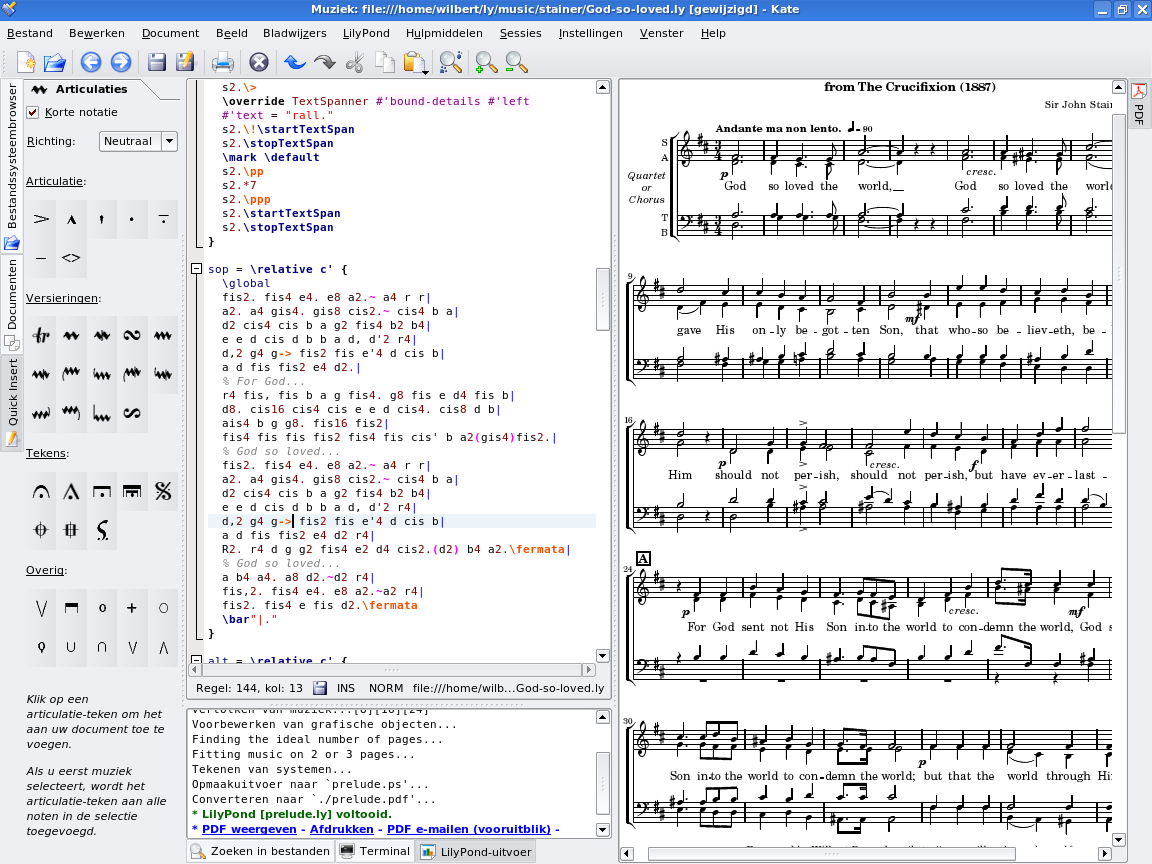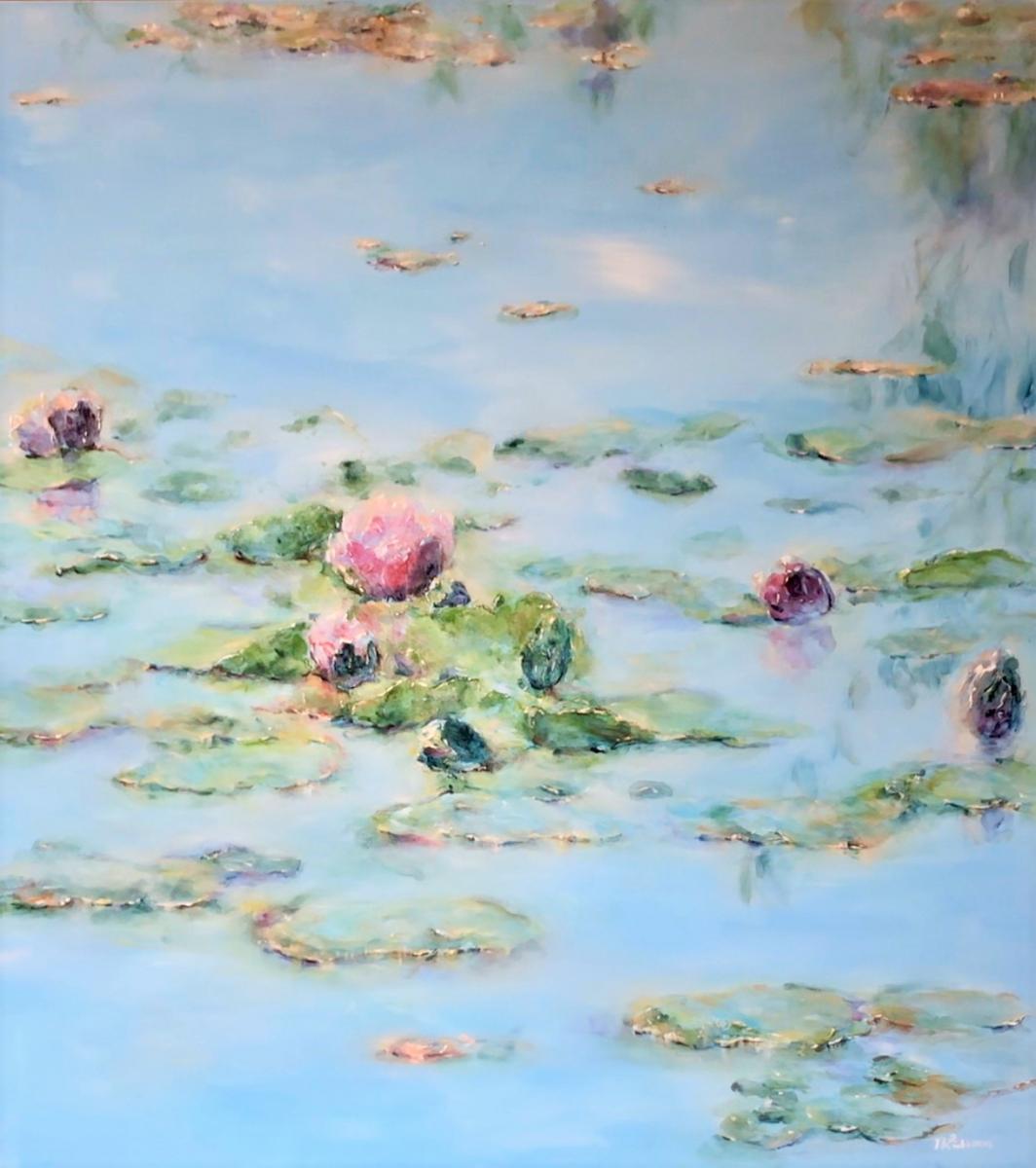

Custom note head styles (shapes) demo - PDF file - LilyPond file (.ly).Chromatic staves demo, showing various line patterns and note layouts - PDF file - LilyPond file (.ly).These are some older demo files that are inferior to those shown above. Voilà! You now have a PDF of music in an alternative notation system. Otherwise the notes may not appear in the expected places on the staff. Enter “ \set Staff.middleCPosition = #18” just after any instances of “ \clef bass” in the music file. Twinline, TwinNote), then you may need to make the following adjustment for any bass clefs that appear in the music. If the alternative staff is larger than two octaves and is not a compressed staff (i.e.See the MNP-music-demo.ly file for more.) (Examples are “StaffFiveLineOne” or “StaffKlavarMirckTwo”. Change “Staff” in the music file to the name of any alternative staff that is defined at the bottom of the MNP-scripts.ly file.(See Including LilyPond Files.) The MNP-scripts.ly file and the music file must be in the same directory for the \include command to work. Include the MNP-scripts.ly file at the top of the music file.Download the MNP-scripts.ly file above and put it in the same directory as your music file.

There are basically just a few steps to use an existing traditional LilyPond music file to create a PDF of music in an alternative notation system: MNP-music-demo.pdf - LilyPond’s PDF output from the MNP-music-demo.ly file.MNP-music-demo.ly - A LilyPond music file demonstrating the use of the MNP-scripts.ly file.MNP-scripts.ly - A LilyPond file containing LilyPond and Scheme code that supports alternative music notation systems.These files demonstrate the use of the specific “lower-level” techniques documented below.

The following files can be used to produce music in a number of alternative music notation systems.
LILYPOND TUTORIAL HOW TO
This page documents how to use LilyPond with alternative music notation systems with a chromatic staff. This opens the door to a world of customization without having to alter LilyPond’s source code. It is designed so that its output can be modified using the Scheme programming language. One of LilyPond’s strengths is its flexibility. Lilypond is free, open-source music notation software that can be used to create sheet music in alternative notation systems.


 0 kommentar(er)
0 kommentar(er)
